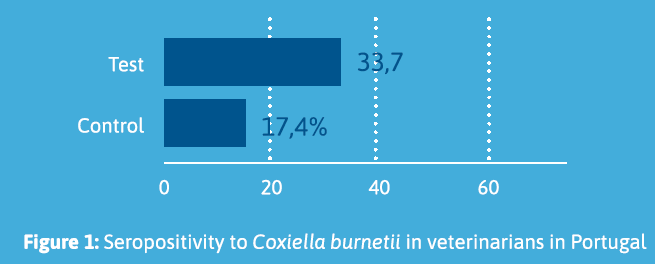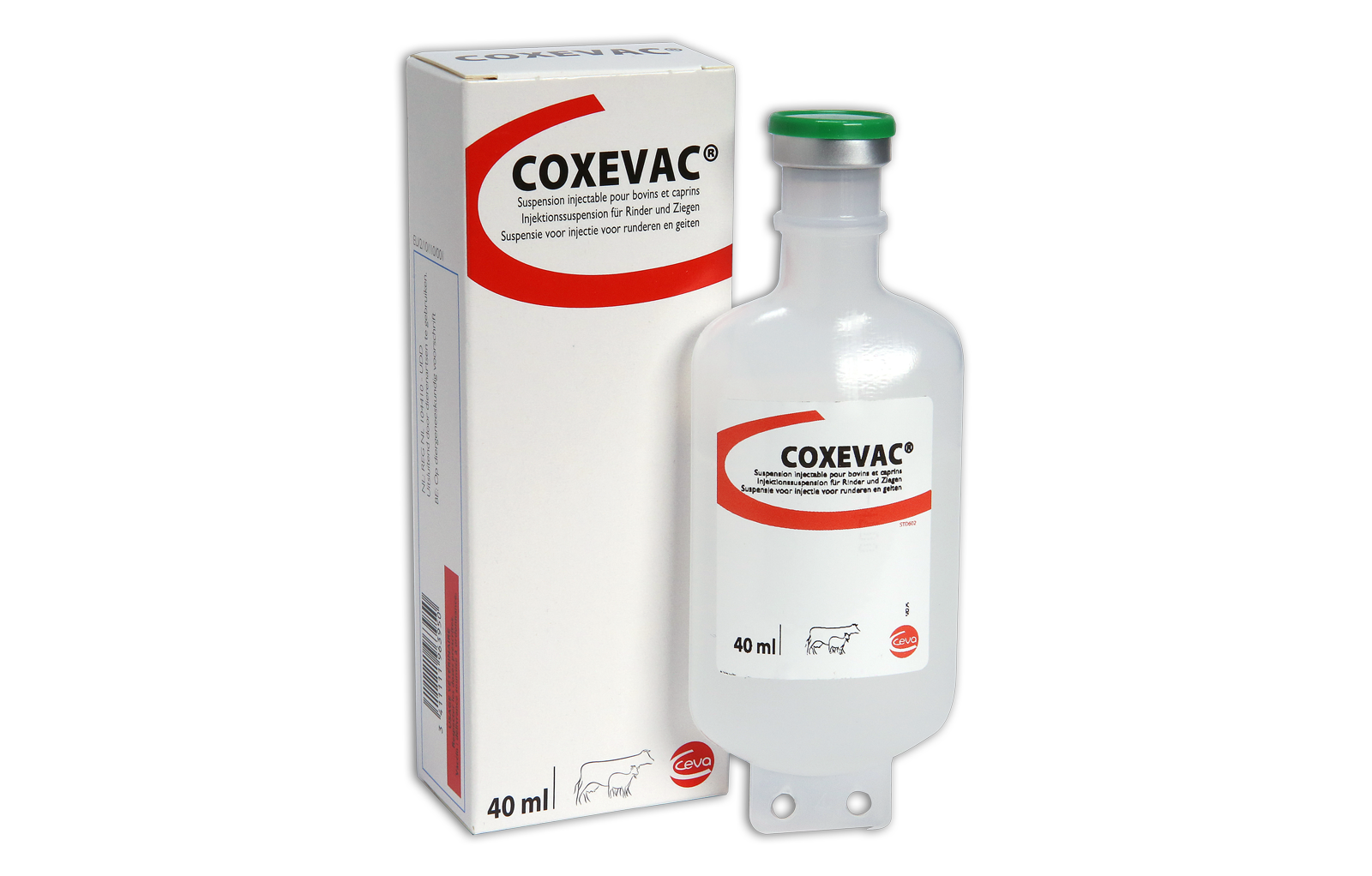Scientific article
Serological study of zoonotic diseases in veterinarians, in Portugal QFever
Martins M, Esteves F., Bica I, Cardoso J., Duarte S., Anastácio S., Mesquita J.R, Cruz R.
Publication information
European Buiatrics Congress 2025
Objectives
The “One Health” concept is gaining increasing relevance and remains a subject of continuous study due to its role in promoting ecosystem balance and integrating human, animal, and environmental health. Emerging and re-emerging zoonotic diseases strongly exemplify the interconnectedness of the “One Health” pillars, representing significant threats to both human and animal health. The resurgence of certain diseases reflects the impact of environmental changes, highlighting the need for collective, interdisciplinary strategies for their prevention and control, alongside the use of basic, straightforward measures, such as the active implementation of simple biosecurity practices. Q Fever is a globally distributed disease caused by a bacterium known as Coxiella burnetii. Ruminants are recognized as the primary reservoirs, shedding the agent into the surrounding environment through secretions and/or excretions. The main objectives of this study were to identify risk factors associated with Coxiella burnetii infection and to assess the implementation of biosecurity measures among veterinarians working in livestock species. Additionally, it aimed to determine the seroprevalence of Q Fever infection in this population.
Materials and Methods
In this research, the anti-C. burnetii antibody titers were quantified in serum samples from two groups: the test group, consisting of veterinarians (n=92), and the control group, composed of blood donors (n=184). The analysis was conducted using a commercial ELISA test.
Results
The results showed that 33.7% of the samples in the test group tested positive for IgG anti-Coxiella burnetii, corresponding to 31 out of the 92 veterinarians tested, suggesting exposure to the agent. In comparison, the control group had aeropositivity rate of 17.4%. Statistical analysis revealed a significant difference between the two groups (P=0.0023), suggesting a significantly higher exposure risk in the test group. This study demonstrated that veterinarians in the test group had a greater likelihood of exposure to the agent (OR=2.41) compared to the control group.

Conclusions
The study of occupational diseases among veterinarians involved in livestock production is a relatively underexplored topic, considering the risks they face during their professional activities. This is one of the first studies conducted in Portugal to demonstrate the exposure risk of veterinarians to Coxiella burnetii – a risk that could be mitigated through biosecurity measures, which are often overlooked in the daily practice of field veterinarians.




